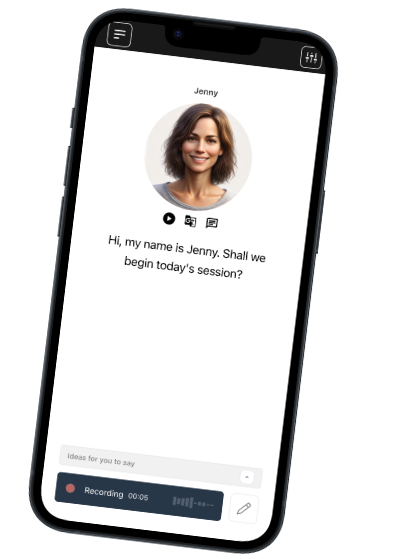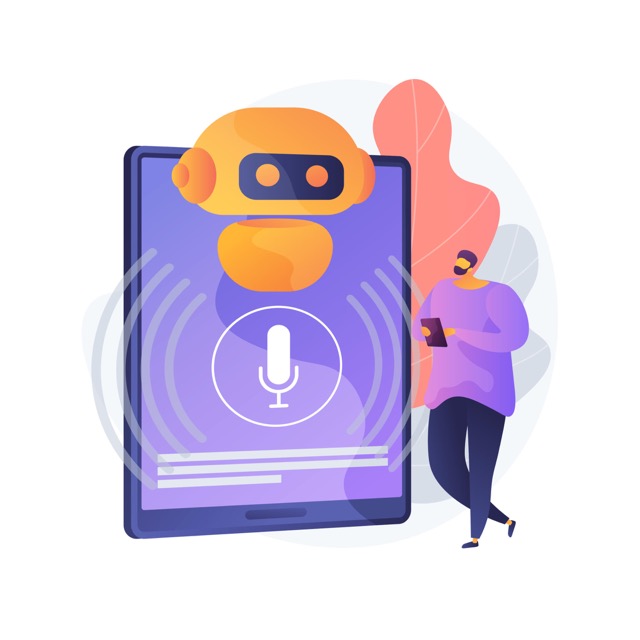Founded in Denmark. We respect your privacy.
Join a worldwide community of language learners
Are You Stuck Speaking Like a Textbook? Why Real Conversations Sound Nothing Like Your Lessons
Last updated on
Have you ever felt confident after completing a language lesson, only to freeze up in a real conversation? You’re not alone. Many language learners discover a surprising gap between scripted classroom phrases and the way people actually speak. Why do textbook dialogues and authentic conversations feel so different—and how can you bridge this gap once and for all?
In this article, we’ll explore how the polished sentences you master in lessons often don’t prepare you for the slang, speed, or spontaneity of genuine interactions. Plus, stay with us—there’s an unexpected truth about the best way to sound “real” in your target language, revealed at the end.
Why Do Textbook Dialogues Feel So Stiff?
Textbooks and traditional language courses prioritize clear grammar and predictable structure, helping learners build a foundation. These dialogues avoid slang, idioms, and regional quirks so learners can focus on rules and vocabulary. While this approach helps with comprehension and accuracy, it creates a “textbook accent” that’s rarely used by native speakers.
For example, the classic English textbook greeting, “Hello, how are you? I am fine, thank you,” is technically correct but rarely used verbatim in daily interactions. Native speakers might say, “Hey, what’s up?” or simply “Morning!” instead. Similar quirks exist in almost every language, from rapid contractions in French to expressive particles in Japanese.
The Missing Piece: Real-World Speech Patterns
Authentic speech is dynamic—full of incomplete sentences, filler words (“well,” “uh,” “like”), local slang, and cultural references. According to linguistic research, natural spoken language is rarely grammatically complete, with most everyday communication relying on shared context and pragmatic shortcuts. This means learners trained primarily with scripted materials may struggle to keep up or sound “off” in real conversations.
Consider a Spanish learner who memorizes, “¿Dónde está la estación de tren?” (“Where is the train station?”). A real conversation might be much faster—”¿Por aquí la estación?”—or use entirely different phrasing depending on the country or city. Even regional dialects add another layer: words and pronunciation change between places like Spain (Castilian Spanish) and Mexico (Mexican Spanish).
Why the Gap Persists—And How AI Is Changing the Game
Textbooks follow standardized curricula, produced for large audiences and tested for grammatical accuracy. But outside the classroom, language is a living system that evolves constantly due to pop culture, digital communication, and social trends. As BBC Languages points out, even proficient learners may need to re-train their ears and mimetic skills to cope with regional and colloquial speech.
The good news: Technology is now making it easier to expose learners to authentic language in real time. Platforms like Talkio offer live, AI-driven role-play, instant pronunciation feedback, and scenarios based on actual spoken patterns—so learners practice and adapt, not just memorize.
Three Practical Strategies To Bridge the Gap
- Immerse in real conversation, not just study drills. Practice with podcasts, TV shows, and AI tutors that use unscripted speech. Pay attention to how sentences are shortened or words are dropped.
- Actively mimic native speakers. Try shadowing audio clips or real dialogue. Record and compare your speech. For instance, practice with Australian English by visiting resources like Talkio’s Australian English page.
- Embrace mistakes and informal speech. Don’t worry about sounding perfect—a little slang or hesitation makes you sound more natural. Research in language acquisition shows that practical exposure to conversational language builds confidence and adaptability.
The Big Reveal: The “Best” Way to Sound Real Is to Let Go of Perfection
Here’s what even advanced learners often miss: true fluency is about flexibility, not textbook accuracy. The most effective communicators learn to listen, adjust, and use imperfect sentences—just like everyone else. By focusing on real interaction over rigid correctness, you’ll fit naturally into authentic conversations. So challenge yourself to step beyond lessons and meet the language where it lives—in everyday talk.
Talk Your Way
to Fluency

Talkio is the ultimate language training app that uses AI technology to help you improve your oral language skills!
Try Talkio


